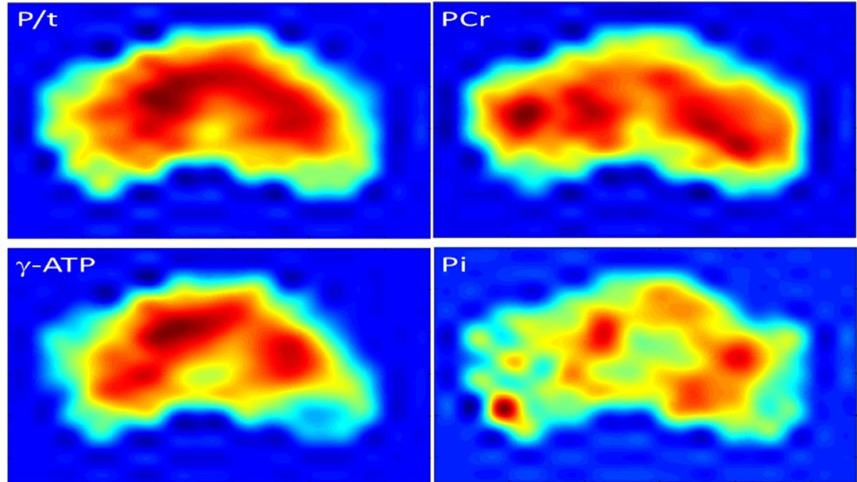Improved Treatment Through More Precise Diagnosis
In 2019, researchers from The University of Texas at Dallas’ Center for BrainHealth announced they had developed a novel diagnostic technology for MS.Working with a team from the UT Southwestern Medical Center, they used functional magnetic resonance imaging (fMRI) to scan 23 patients’ brains, before deploying a unique, patent-pending tool to create 3D images of the lesions – areas that have been damaged by the effects of MS – found there.The resulting images showed which of these areas were metabolically active, and therefore held a capacity for healing, and which were metabolically inactive and unable to heal themselves. The areas capable of healing appeared spherical with a rough surface, while those incapable of healing were more irregular in shape but had a smoother surface.These differing visual indicators were then used to determine which lesions had increased levels of surrounding oxygen – the biomarker that correlates with a capacity for healing.The upshot is that, in theory, this could help doctors to distinguish between MS patients that will benefit from certain therapeutic drugs designed to heal damaged areas of the brain, and those that won’t.At the time, Dr Dinesh Sivakolundu – the lead author of the study detailing these findings, which was published in peer-reviewed scientific publication Journal of Neuroimaging – said: “Our new technology has the potential to be a game-changer in the treatment of MS by helping doctors be more precise in their treatment plans.”Read more in Learning NS Medical Devices.



